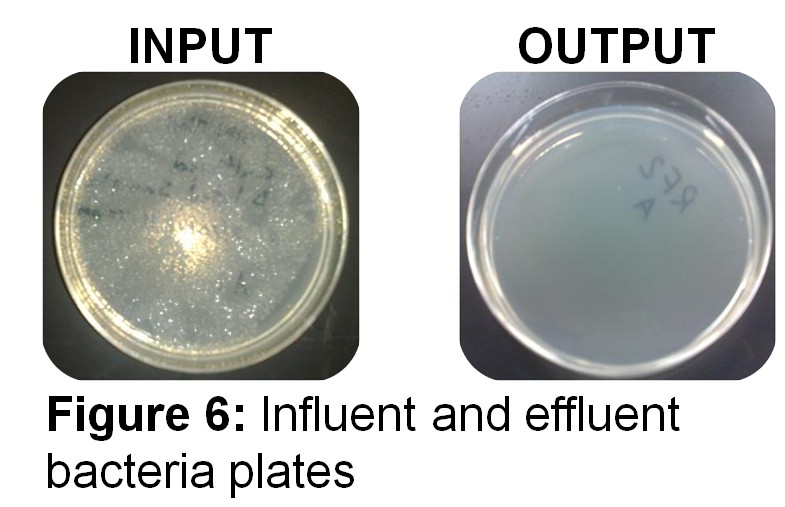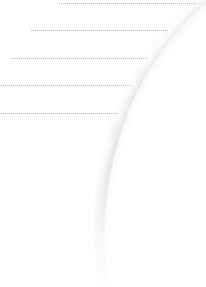

Copyright 2011 JAMM Inc. All rights reserved.
Last Updated 4/28/2011
Project Description -- Introduction
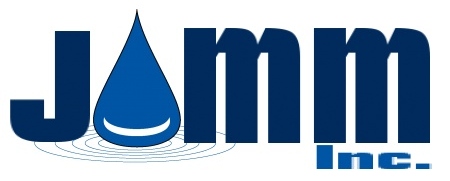
In an effort to provide clean drinking water to more people in developing countries, the Waste-Management, Education, and Research Consortium (WERC) held a competition for college students to design a water disinfection system for use in rural third-world areas and in emergency situations. JAMM, Inc. participated in this competition. The design by JAMM, Inc. was judged at the competition based upon its ability to meet WERC's design criteria, which dictate the system must:
- Harness clean energy to disinfect water
- Be a mobile unit
- Be cost effective based on initial capital cost and operating cost per gallon of water disinfected
- Be applicable to rural, third-world settings
- Be capable of meeting a flow of 3,000 gallons per day
- Be easy for ordinary citizens in third-world environments to implement, operate, and maintain
Background
Unsafe drinking water in developing countries often harbors water-borne diseases which account for 3.6 million deaths each year.
Objective
Design a disinfection system to help alleviate the need for safe drinking water in rural, third-world areas by meeting the World Health Organizationís (WHO) standards for bacterial contamination.

Design Solution
The final disinfection system, seen in Figure 1, uses three stages of treatment. A roughing filter and rapid sand filter are first used to reduce solids and then a disinfection stage is used to deactivate bacteria with ultraviolet (UV) radiation.
Turbidity Removal
The reduction in turbidity was tested after the roughing filter and the rapid sand filter. As seen in Figure 5, each filter removed about 40% for a total of more than 85% reduction in turbidity.
Project Description -- Design
Pretreatment
As illustrated in Figure 2, the influent water enters a roughing filter and then flows upward and into a rapid sand filter. Two identical pretreatment series will operate in parallel to ensure continuous operation.
Disinfection
The water then flows into a UV disinfection device similar to the one shown in Figure 3. The UV radiation is used to deactivate all microorganisms in the water.
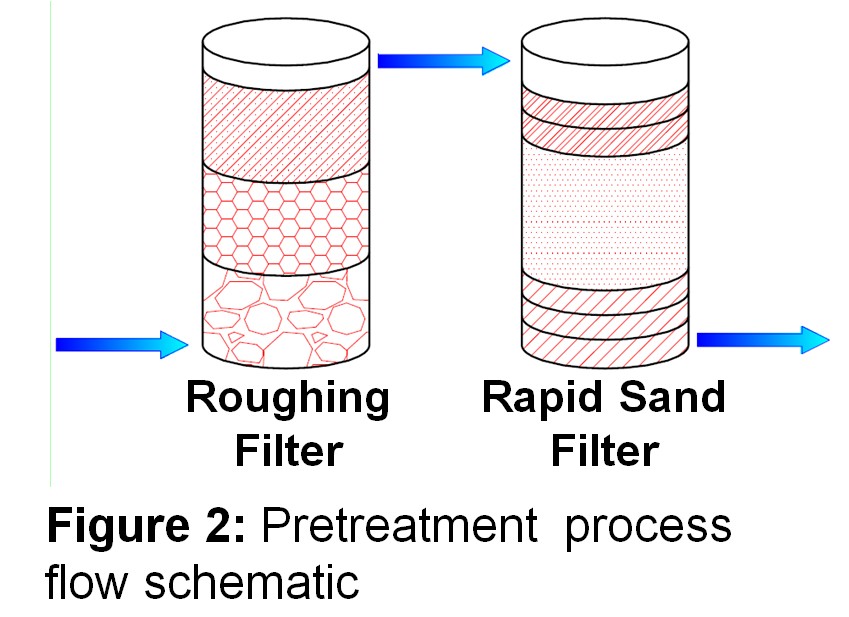
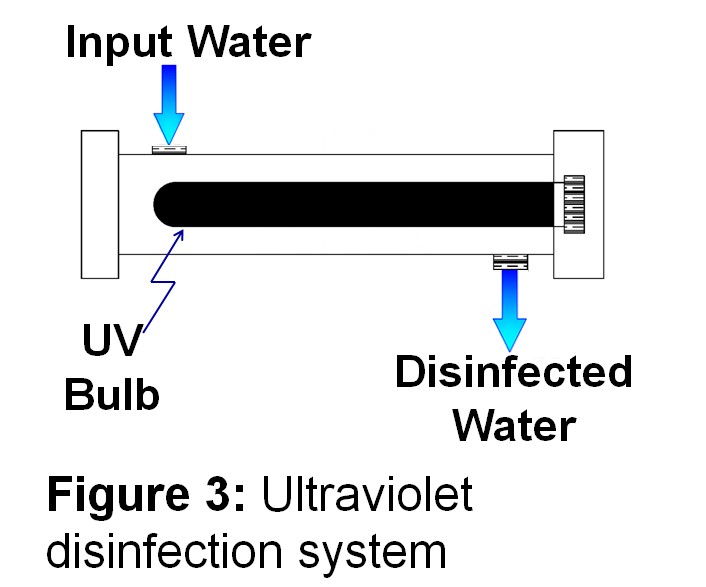
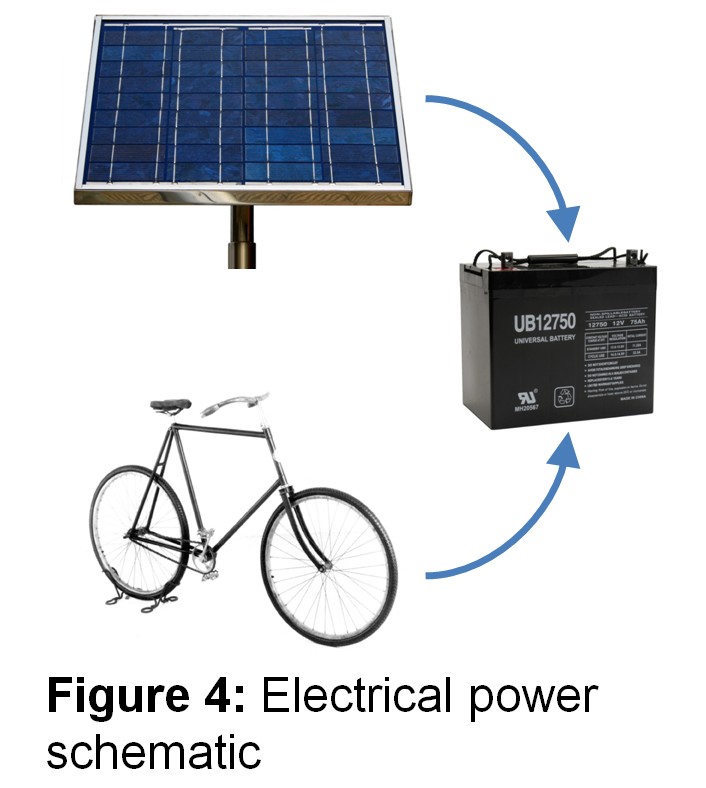
Power
The electricity needed to power a backwashing pump and the UV system is provided via portable solar panels which will charge a 12-volt battery. In addition, a bicycle will be available to power the system in emergency situations or when solar panels are not feasible, as seen in Figure 4.
Project Description -- Results

Bacteria Removal
The plate and count method was used to test for the presence of bacteria in the output water. The bacteria plates, seen in Figure 6, indicate that the system successfully removed all bacteria from the influent water.
Cost Estimate
The initial cost for the system will be $2,251 including all necessary materials for construction. Table 1 shows the cost per day due to operation and maintenance costs after 6 years to be only $1.41.
